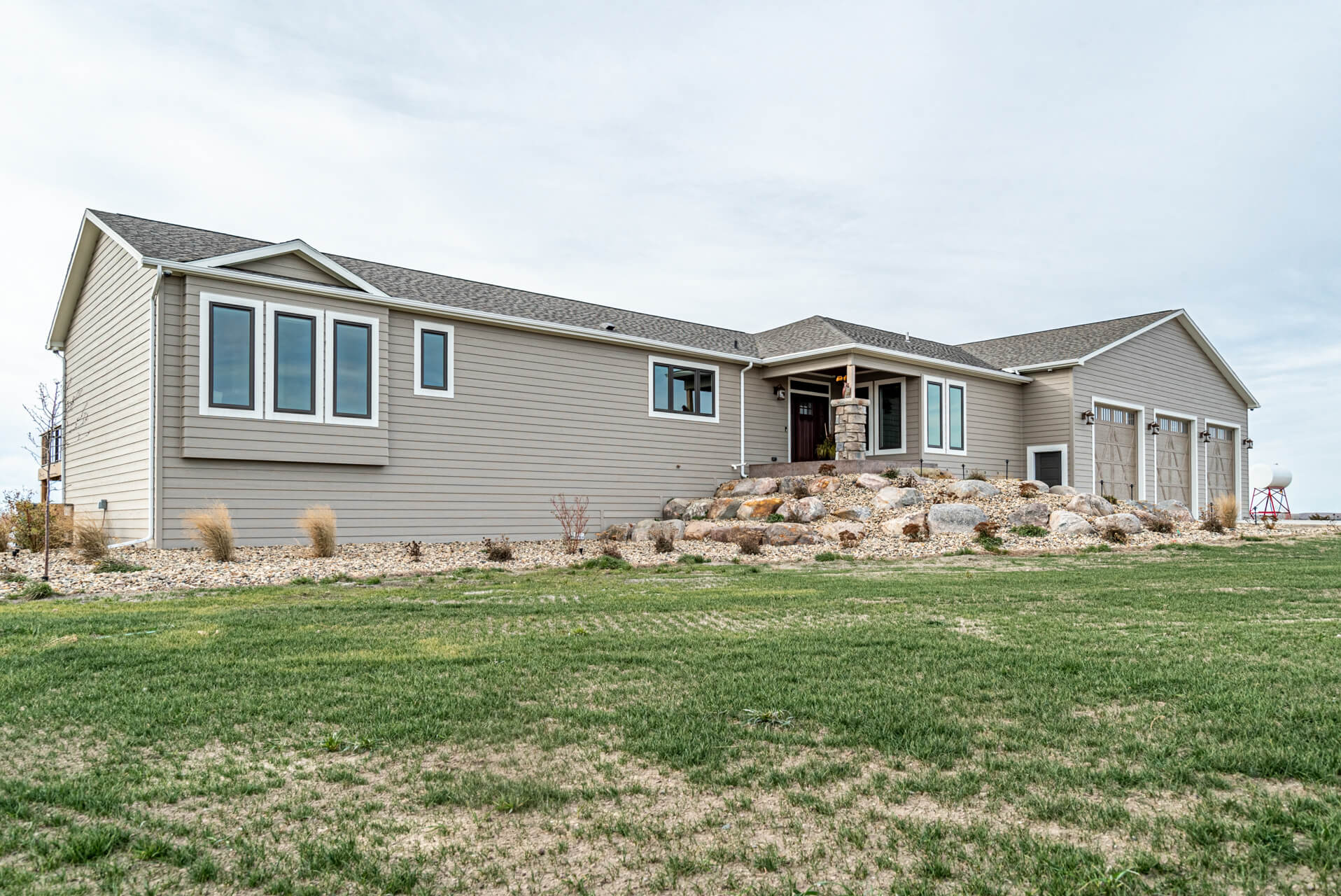
Modular homes are housing units that are constructed in a climate-controlled factory environment. Unlike manufactured homes, which are delivered in their entirety, modular homes are assembled on-site on a permanent foundation. These homes are built to adhere to the same local, state, and regional building codes as traditional site-built houses, distinguishing them from manufactured homes that follow a specific federal code regulated by the Department of Housing and Urban Development (HUD). Despite their efficient construction methods and affordable pricing, modular homes often resemble site-built houses and are gaining popularity among price-conscious homebuyers.
Modular homes share similarities with site-built houses in terms of their design and structure. They are constructed using high-quality materials and built according to local building codes. The modular construction process involves fabricating different sections or modules of the home in a factory setting. These modules are then transported to the final site where they are assembled and secured on a permanent foundation. The result is a well-constructed and aesthetically pleasing home that offers the same features and design possibilities as traditional site-built houses.
When purchasing a modular home, the buyer becomes the owner of the entire structure and the land it sits on, similar to site-built houses. This ownership distinction sets modular homes apart from other housing options such as condominiums or cooperative housing, where ownership is more shared or collective. Modular homeowners have the independence to make decisions regarding their property and enjoy the benefits of homeownership, including potential equity growth and the ability to personalize and customize their living space.
Modular homes are available in a wide range of options, both in terms of existing homes and new construction. Existing modular homes can be found in various locations, including suburban neighborhoods, rural areas, and even manufactured home communities. Additionally, new modular homes can be custom-built to meet the specific preferences and requirements of homebuyers. With a diverse selection of floor plans, designs, and finishes, individuals have the flexibility to choose a modular home that suits their lifestyle, budget, and desired location.
Modular homes offer several advantages for homebuyers. They provide an efficient and cost-effective housing option, often priced lower than traditional site-built houses. The controlled factory environment ensures consistent quality and construction standards. Modular homes also offer customization opportunities, allowing homeowners to personalize their living space according to their preferences. Additionally, modular homes can appreciate in value, providing potential equity growth for homeowners.
However, there are considerations to keep in mind when considering a modular home. It’s important to ensure suitable land availability and local zoning regulations that allow for modular home installation. Financing options specific to modular homes should be explored, as they may differ from conventional home loans. Homeowners should also be aware of any community-specific rules or restrictions that may apply. Regular maintenance and upkeep are necessary to preserve the longevity and functionality of the modular home.